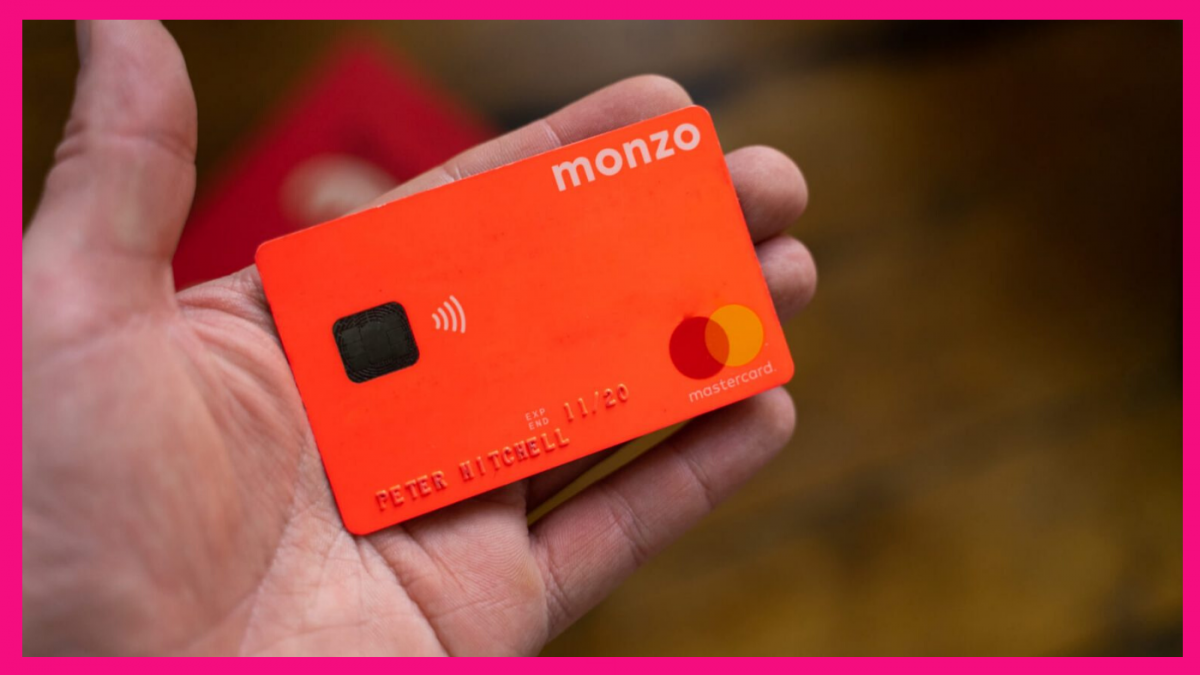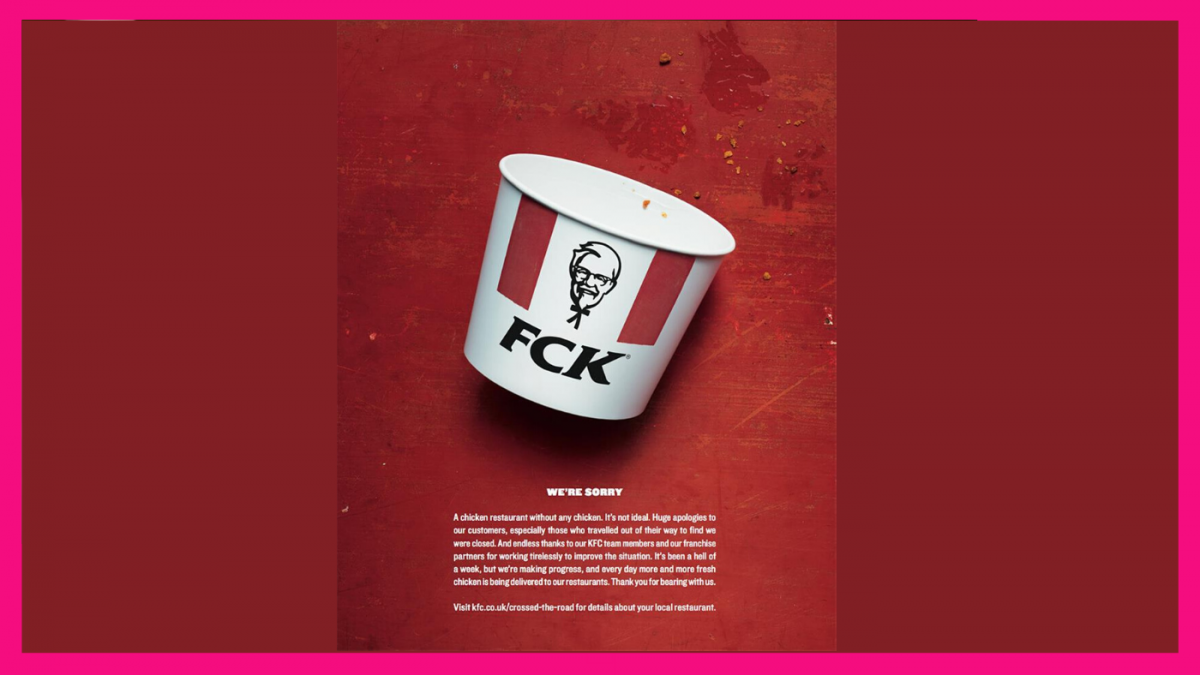How To Take Marketing Risks Without Getting Fired
by Cameron Lund
Posted on June 26, 2020
8 Minute Read

Picture this scenario. You've been asked to put together a marketing campaign for your company's product. You have a modest budget, minimal time and quite frankly you're stressed out because Joe in accounts hasn't processed those invoices you sent 4 months ago. You scan the internet for campaign ideas. You chat to a few colleagues about what they like. You go back to the content performance reports from February 2019 to check what worked. Finally, you land on an idea that stands out above the rest. It's edgy, sexy and freakin' cool.
After a quick power pose in the bathroom, you head into a meeting room to pitch your campaign. It starts well and you're starting to think you've nailed it, but as the presentation continues there’s a few frowns in the audience. A raised eyebrow. A little shake of the head. The doubts are creeping in and the excited butterflies in your belly start to disappear. Leadership just aren't getting on board with the idea. It's too risqué, they say. You've got to scale it back.
You go back to your desk, remaining professional and showing an understanding of the arguments put forward. You dampen the campaign message and dull the creative assets until you're left with something that is strikingly similar to the last 6 campaigns you’ve run. It goes live, and the results aren't terrible but they're not great either. The job is done, but would your initial idea have delivered more?
Many marketers will be familiar with this situation. It stems from the safety-first impulse that organisations adopt to ensure a different approach doesn't escalate into a marketing catastrophe. But it also means that a plethora of low-impact marketing and forgettable advertising finds its way onto our screens and billboards, and the golden creative ideas that yield significant results are left in the recycling bin.
I've seen these scenarios occur throughout my career and I believe there's a lot more marketers can do to create more meaningful connections with their audiences. So, here are seven principles of impactful marketing that aim to inspire marketing professionals and leaders to take more calculated risks with their campaigns in future. Next time you’re brainstorming a campaign or making a sign-off decision, consider the following before falling back on your usual approach.
BE CURRENT
Remember that time you picked up a newspaper printed 3 months ago? Me neither. People care about what is going on in the world right now. With social media every brand has a channel to push out responsive messaging, so try and capitalize on that. This simple video from Nike shows support for the #BlackLivesMatter movement. It took almost no money to create but still managed to clock 845,000 views in 15 days. An excellent example of relevant marketing that can strengthen brand relationships.
BE BOLD
It pays to stand out from the crowd. Few organisations understand this better than Monzo, a challenger bank that accumulated 3.5 million customers in just 5 years. At a time when similar banks like Revolut were on an acquisition spree, Monzo won the fight through great branding - notably with their "Hot Coral" coloured cards. To fight against the stereotype of banks being boring, a simple colour choice went a long way to breaking down consumer preconceptions, helping them to become the UK’s most recommended brand in 2019.

BE WEIRD
A lot of people have a silly child inside of them that still loves cartoons and strange things. That’s why you see meerkats offering insurance and Phillip Schofield doing goat yoga whilst selling cars. Campaigns like these have the power to live long in the memory of consumers and create unconscious brand loyalty. For example, here’s a favourite ad of mine from 2009 that I will never forget; ‘Flame’ by Burger King. Meat-scented perfume modelled by Piers Morgan and sold in Selfridges. Do I want to use this perfume? No. Does it make me hungry for a Burger King meal? Admittedly, yes.

BE FUNNY
You’ll never make everyone laugh, but you can make most people giggle. Popular comedians like Michael McIntyre show us that there is a mainstream brand of humour that the majority of people can appreciate, and organisations have a lot to gain by tapping into that. KFC demonstrated this perfectly when they ran out of chicken in 2018 and still managed to win customers over with their hilarious ‘FCK’ apology campaign.

BE TARGETED
Finding an angle that stimulates the attention of a broad audience is really difficult, so narrowing your focus to a smaller group of people will make the ideation process much easier. A good example from my previous employer is the AccorHotels Carnival ad creatives. Instead of plastering up pictures of people at Carnival like most other travel companies, they targeted consumers who like dogs. It’s not for everyone, but there were enough people who loved it to yeild fantastic results.

BE PATIENT
Forbes recently surveyed global leaders and found that 60% value quantity over quality, which might explain why marketers are pressured into packing their calendars with activity month after month. If you want better results from your campaigns, combat the urge to maximize your output and make time between campaigns to be creative. Otherwise you’ll end up rushing to build low-quality ads like the one below, with bland copy and imagery that fails to stand out from the page.

BE RESPECTFUL
As much as I encourage organisations to take risks by adopting the principles above, this doesn’t mean we’re free to do whatever we want. A desire to be different doesn’t permit you to be offensive. We’ve all seen bad marketing decisions significantly damage the reputation of a brand, and there’s no excusing the offence caused to the affected consumers. If you’re unsure whether your campaign is pushing it too far, get feedback from colleagues, customers and friends before submission. And if it is too much, don’t give up! Returning to the above principles will fuel your creative fire and help you strike the right message with your customers.
TL;DR: It's all too easy to rely on safe marketing decisions and accept the usual results. If you suspect your marketing strategy has adopted a comfortable norm, make a conscious effort to break free from it in serch of better results. Tactics you can use to deliver more impactful marketing include focusing on relevance, boldness, humour and being weird. To really get the most out of your campaigns, also remember to be targeted, allow time to create and most importantly, be respectful.